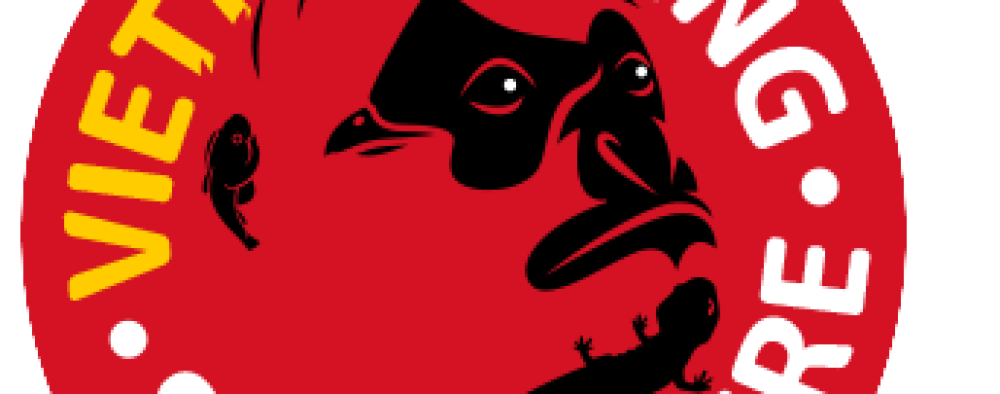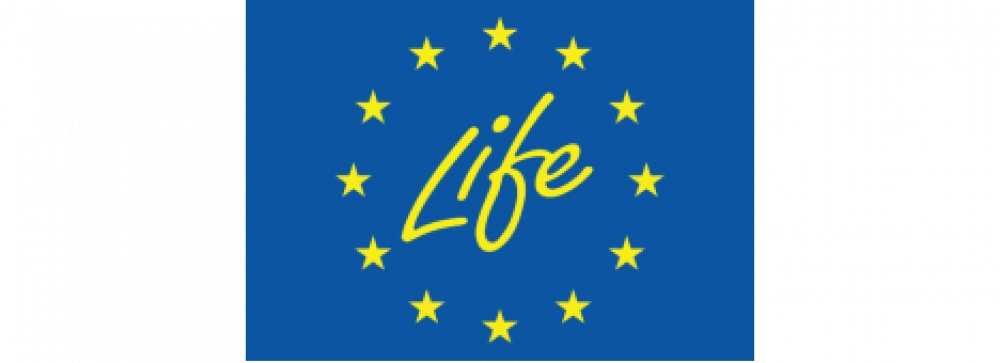Wildlife Conservation
In recent years, our effect on the planet has been devastating, with a massive decline in animal numbers and habitats across the globe. EAZA has never believed that keeping animals in our institutions replaces action in the wild - but experience also shows us that the knowledge and finance that we and our visitors can provide to field conservation projects can make a huge difference. EAZA believes that zoos and aquariums form one pillar of the structure that is needed to safeguard the future.
Our approach to species conservation, called the One Plan approach, recognises that zoos and in situ conservationists need not only to work together to protect animals, but also to engage the public of their communities to take the lead in demanding action from authorities, governments, corporations and themselves so that together we can reduce the stress on endangered species and their habitats.
EAZA Members:
- provide financial and human resources to help field conservation projects protect wild animals and their habitats
- work to ensure that many of the most endangered species populations in our zoos and aquariums are intensively managed to ensure their survival
- participate in EAZA conservation campaigns that draw our visitors' attention to the crisis in nature, raise funds and promote public involvement in conservation
- collaborate wherever possible with partners such as the International Union for the Conservation of Nature (IUCN) to provide assistance to their conservation activities
- conduct research which provides valuable insights into the protection of wild populations
In short, EAZA believes that the future of nature depends on all of us; and that EAZA zoos and aquariums can act as a portal for their local communities into conservation across the world.
EAZA Conservation Database and Map
The EAZA Conservation Database is an online tool to facilitate communication on conservation efforts of our Members within as well as outside of the zoo and aquarium community. Click here to visit the EAZA Conservation Database (Members only)
Interested in what projects, species and activities have been supported by EAZA Members and where these take place? The EAZA Conservation Map uses information from the EAZA Conservation Database to provide visitors of our website an insight. Click on the map to explore it! Functionalities within the EAZA Conservation Map are continually improving as our Members are making their information available over time.
The information represented in the EAZA Conservation Map is based on information provided by EAZA Members in the EAZA Conservation Database and believed to be reliable. EAZA makes a diligent effort to provide a complete and accurate representation of the data in reports, publications, and services. However, EAZA does not guarantee the accuracy, adequacy, or completeness of any information. EAZA disclaims all liability for errors or omissions that may exist and shall not be liable for any incidental, consequential, or other damages (whether resulting from negligence or otherwise) including, without limitation, exemplary damages or lost profits arising out of or in connection with the use of this information. No part of information gathered from the EAZA Conservation Map may be reproduced for use in hard copy, machine-readable or other forms without advance written permission from EAZA and the EAZA Members from which the information originates.
Conservation Database Snapshot of May: Antarctic expeditions to research shallow benthic communities
 In 2023, Lucas Terrana, Collection manager at the Natural History Museum & Vivarium of Tournai, joined the TANGO2 project - an interdisciplinary network* funded by the Belgian Government through the BRAIN-be 2.0 research action.
In 2023, Lucas Terrana, Collection manager at the Natural History Museum & Vivarium of Tournai, joined the TANGO2 project - an interdisciplinary network* funded by the Belgian Government through the BRAIN-be 2.0 research action.
The project's aim is to collect data onthe organisms living in shallow parts of the fast-warming region of the Southern Ocean, the West Antarctic Peninsula (WAP), and understand how they are impactedby and responding to the differences in “glacial regime”.The “glacial regime” describes the way glaciers melt and move.It includes changes in seawater temperature, salinity, ice-shelf collapse and more.
During the last expedition, Lucas was the head of all scientific diving activities. He was planning and managing the dives, collecting samples and using different types of instruments, doing gear maintenance, taking care of all safety procedures and helping everyone onboard. Using a special type of sampling platform (the steel hulled fully rigged motor sailor), the team has sampled understudied areas which are usually not accessible to icebreakers. Accordingly, the researchers will be able to learn more about the biological and habitat diversity levels in shallow areas of the WAP.
At the end of the expedition, the team hadcollected more than 4,000 physical samples. Thesewill now be analysed back in Belgium, helping the TANGO2 team solve the mystery of how climate change and the modifications of ice regimesareimpactingvarious parts of the ocean(atmosphere, water column, seafloor) at various spatial scales.
Find out more about this project in the EAZA Conservation Database or on the TANGO website.
* including experts from University of Gent, Université Libre de Bruxelles, University of Liège, Royal Belgian Institute of Natural Sciences, Université de Bretagne Occidentale and the Natural History Museum & Vivarium of Tournai
2022 Snapshot updates
Find here the latest achievements of the projects highlighted in 2022 for the Conservation Database Snapshots. For a better view, click on the image. For more information about our Members' conservation work, visit our Conservation map.









